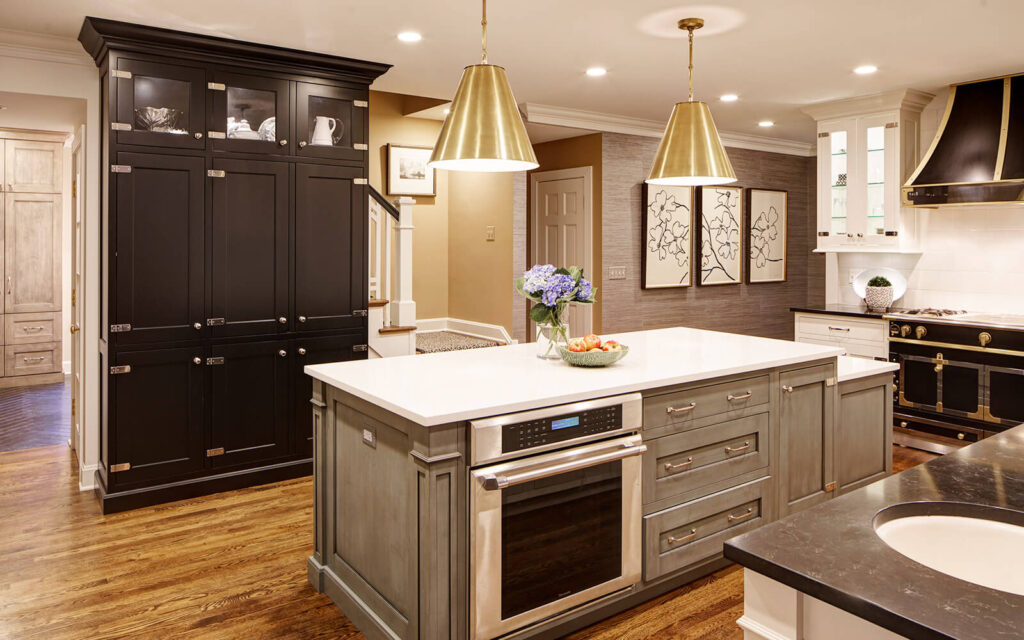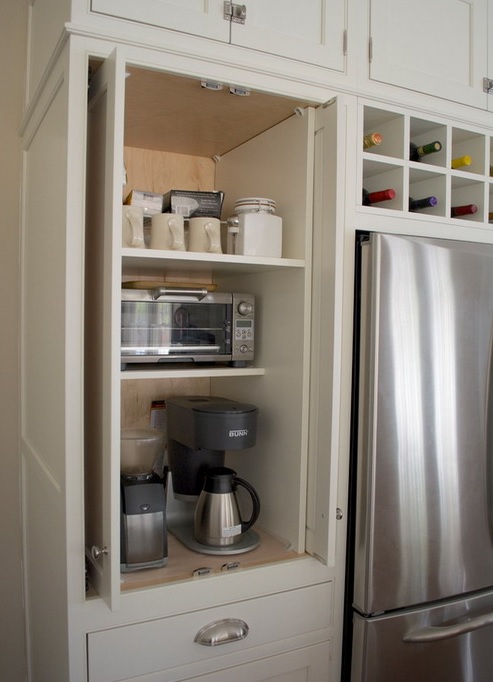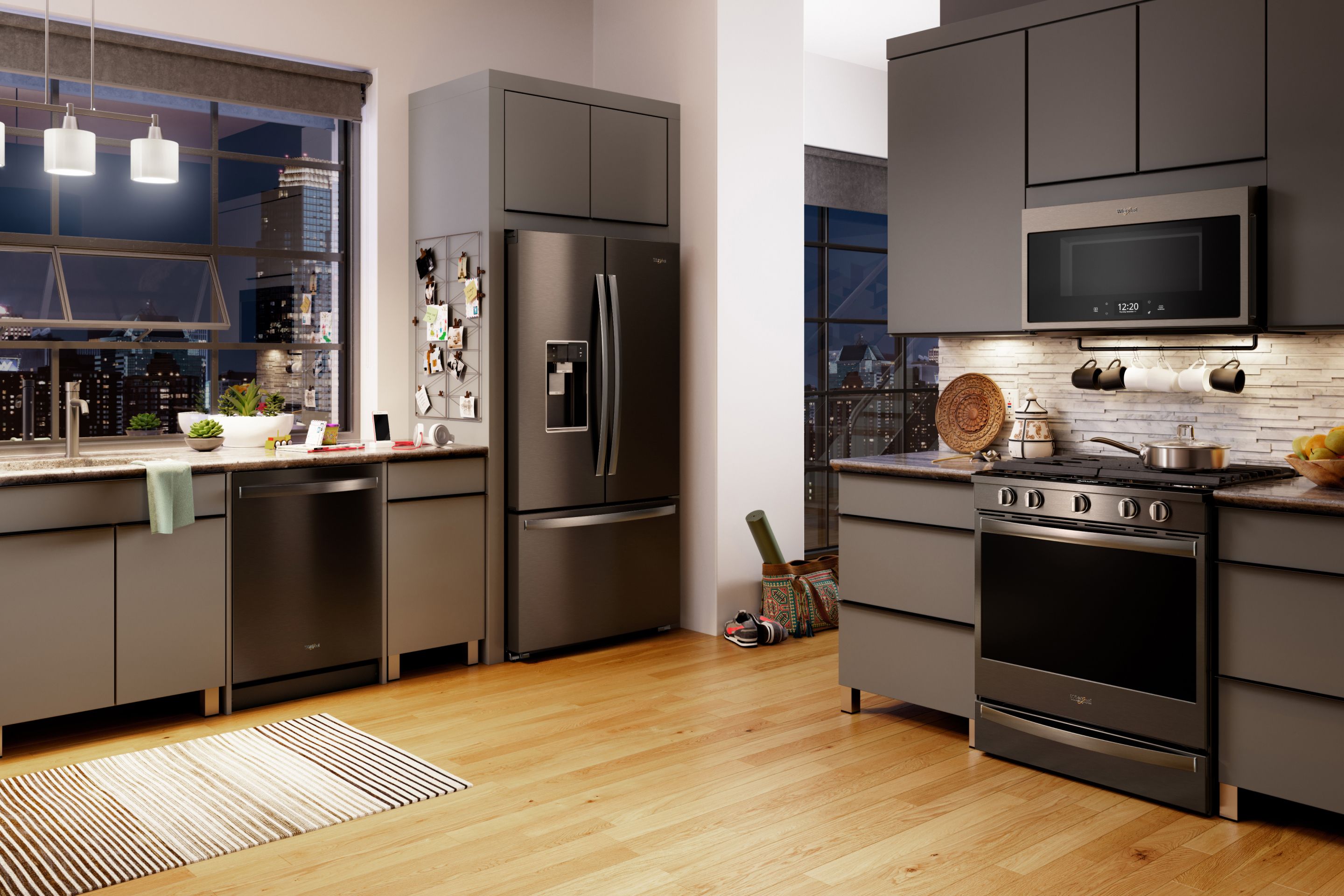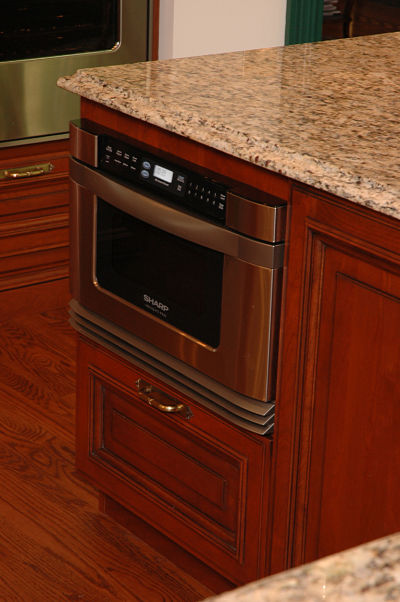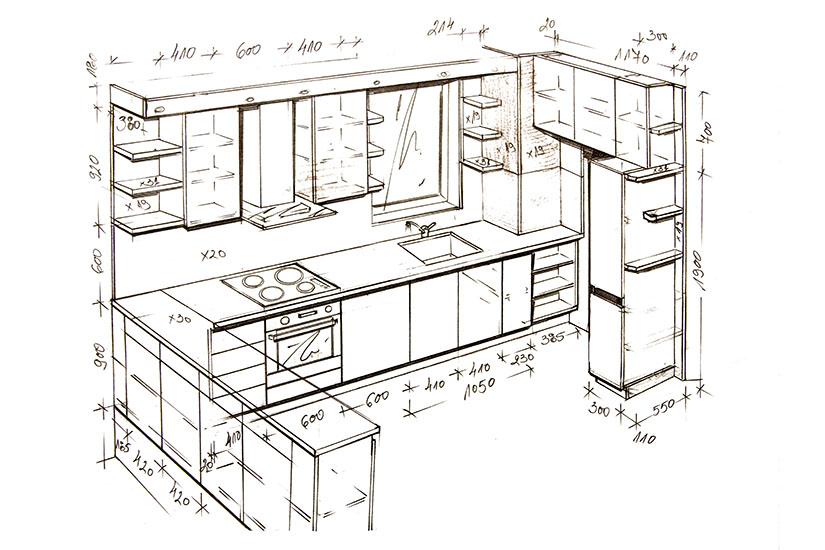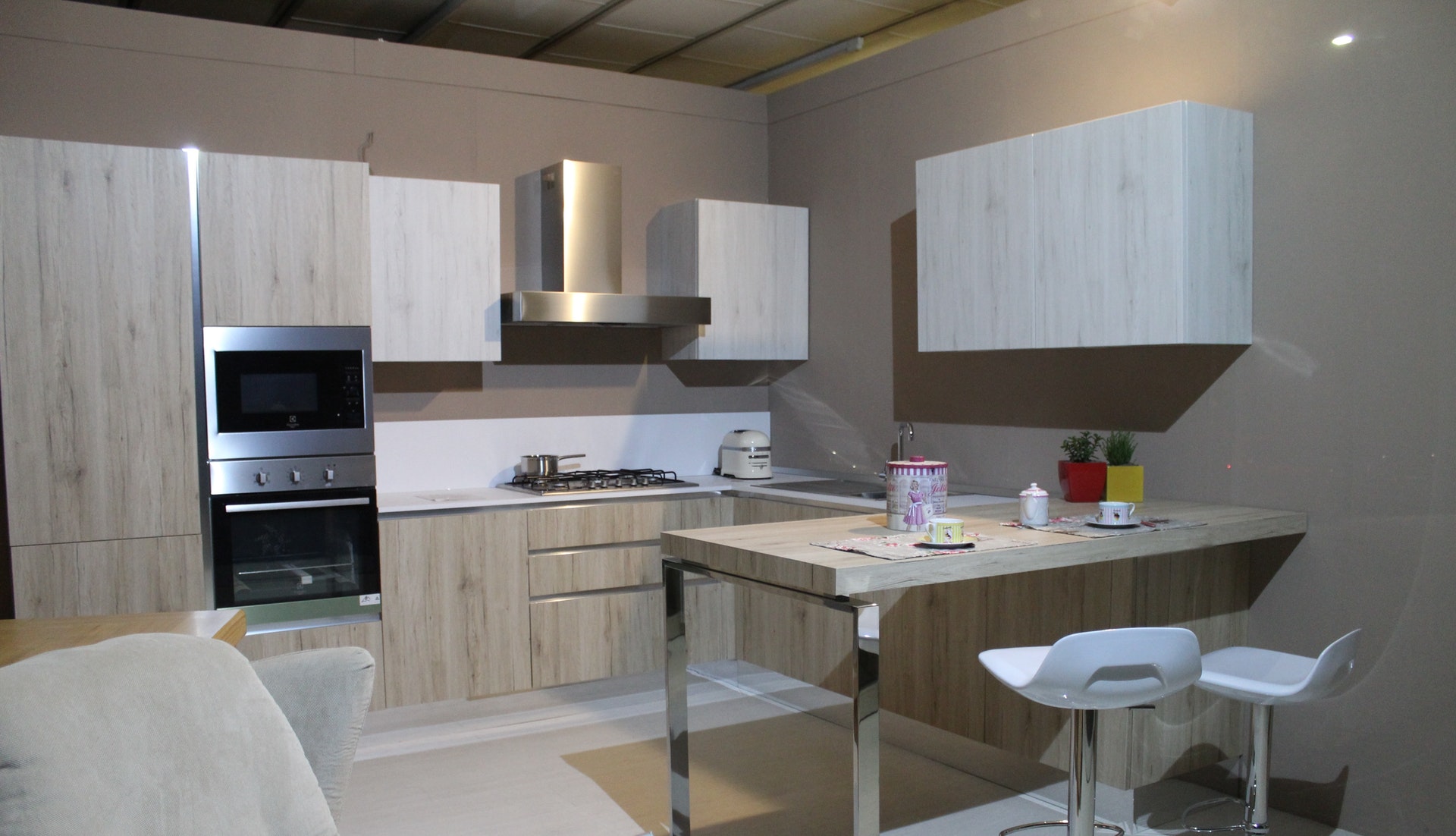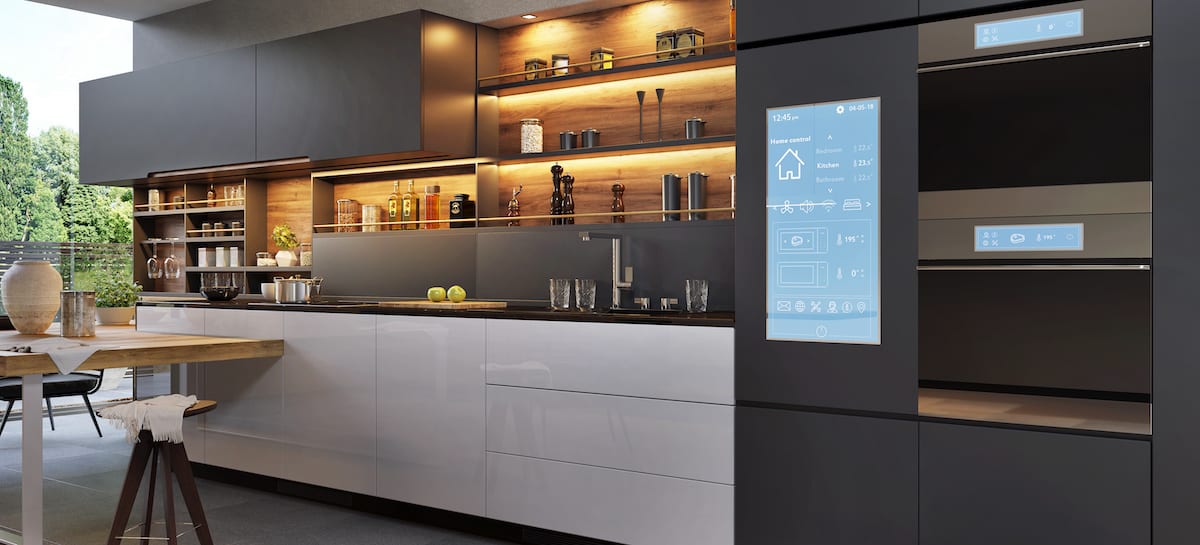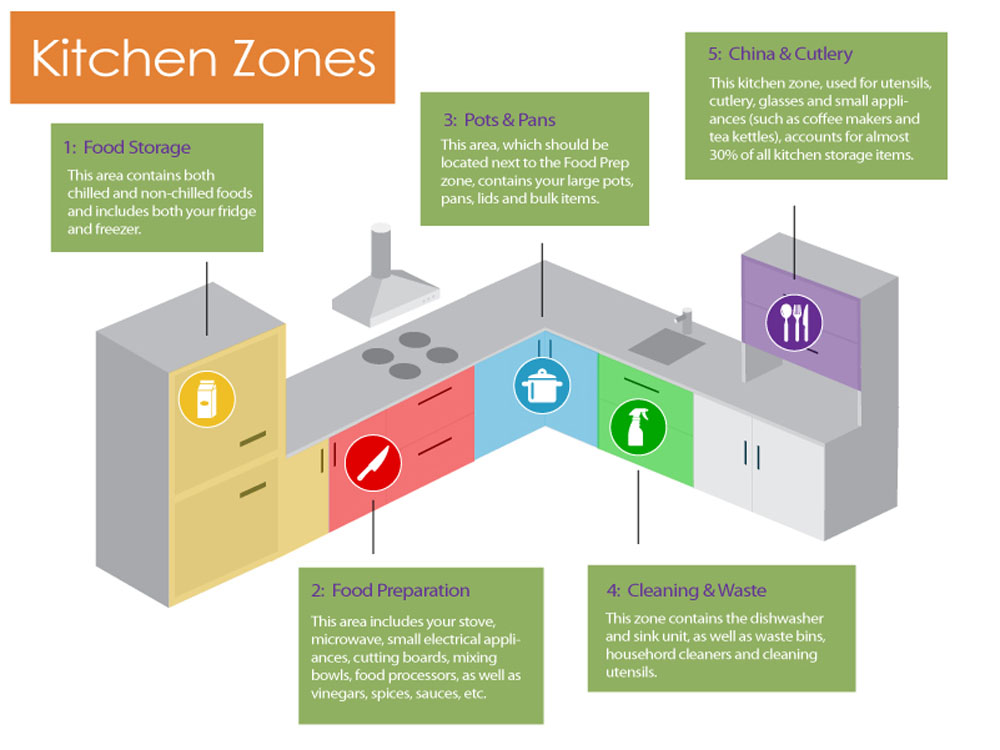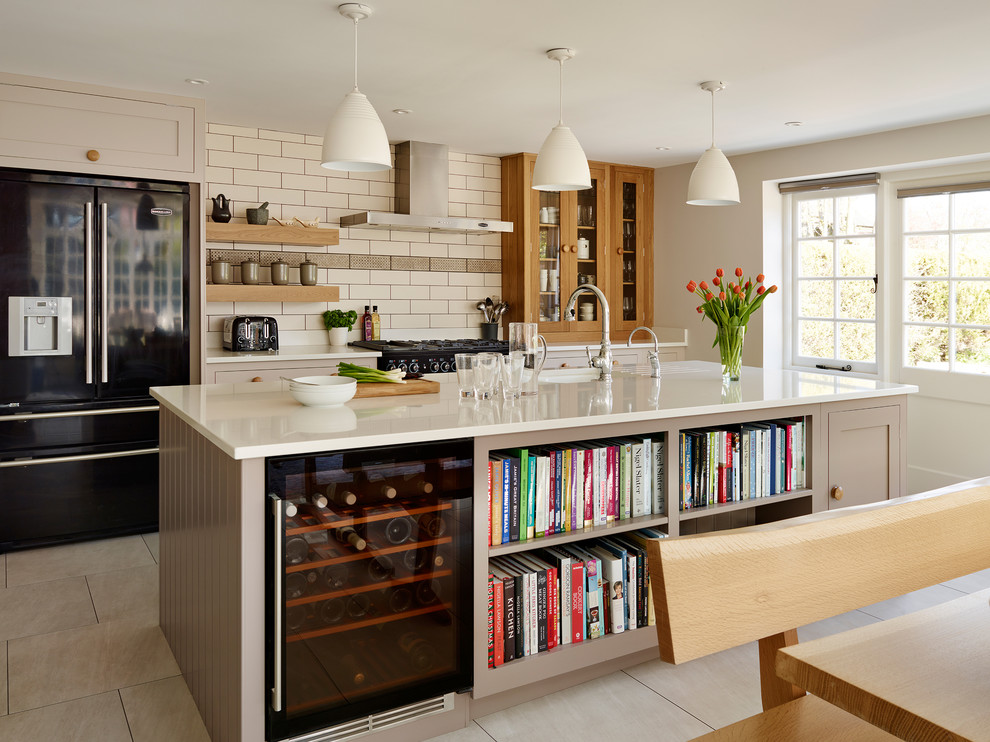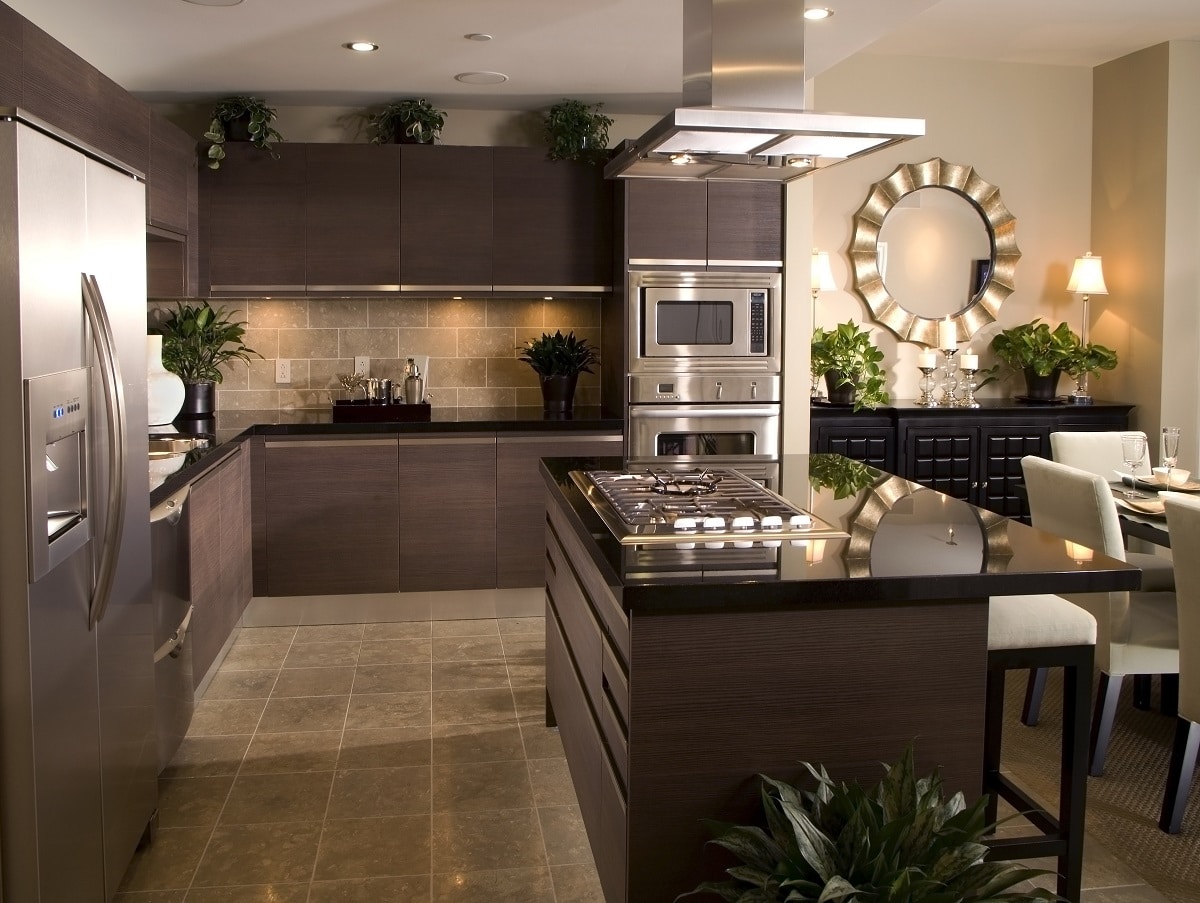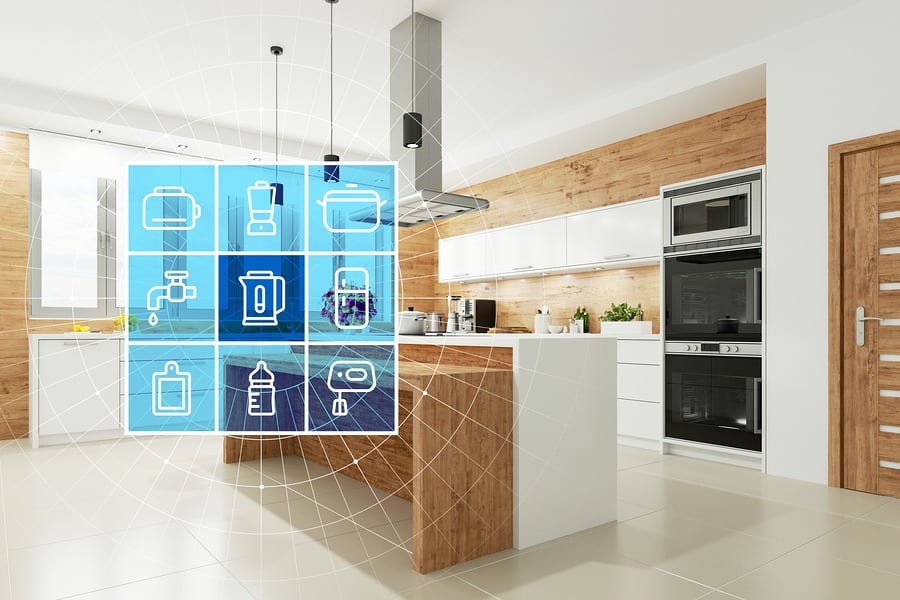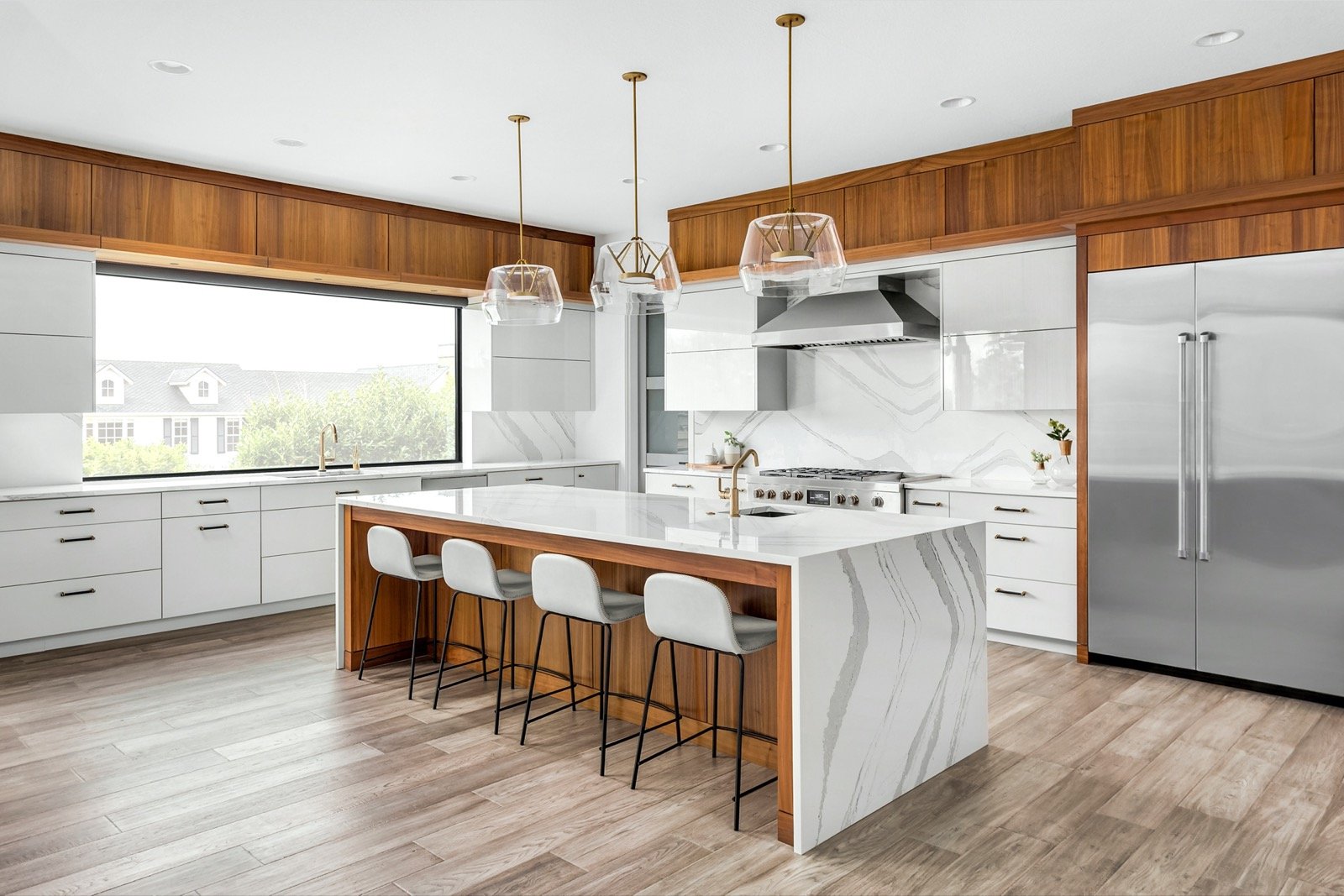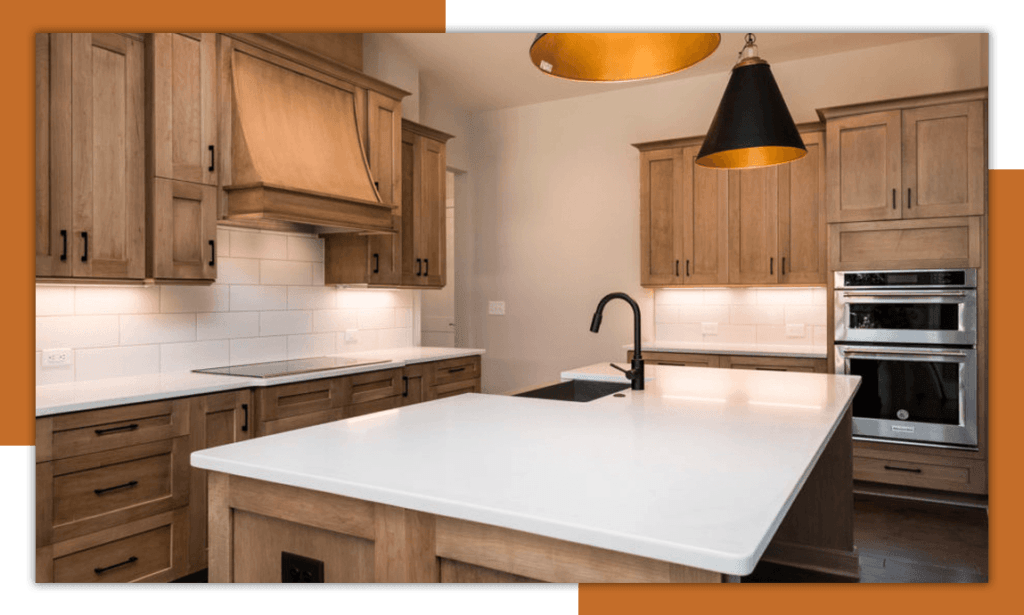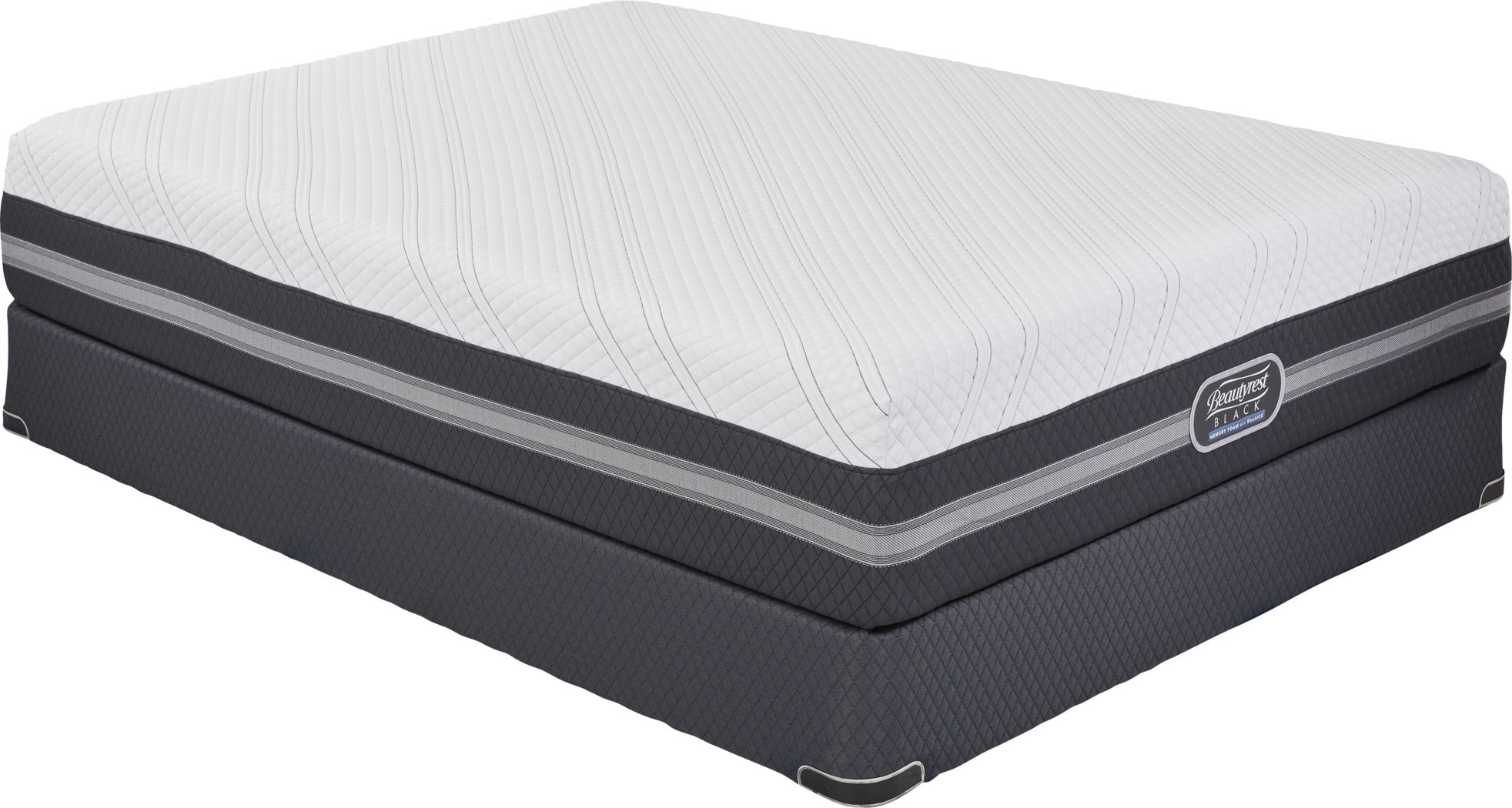When it comes to kitchen design, one of the most important factors to consider is appliance placement. After all, the layout of your kitchen can greatly impact its functionality and efficiency. By strategically placing your appliances, you can create a space that is not only aesthetically pleasing but also practical and efficient. Here are some tips to help you achieve the best appliance placement for your kitchen design.1. Kitchen Design: How to Place Appliances for Maximum Efficiency
Before you start placing your appliances, it's important to have a good understanding of the different kitchen design layouts. The most common layout options are the L-shaped, U-shaped, and galley kitchens. Each of these layouts has its own advantages and may require different approaches to appliance placement.2. The Best Kitchen Design Layouts for Appliance Placement
When it comes to appliance placement, there are a few key tips to keep in mind. First, consider the work triangle, which refers to the distance between the stove, sink, and refrigerator. The ideal distance between these three areas is between 12-26 feet. Also, make sure to leave enough counter space near your appliances for food prep and cooking.3. Tips for Optimizing Appliance Placement in Your Kitchen Design
Small kitchens can present a challenge when it comes to appliance placement. However, with some creative thinking, you can still achieve an efficient and functional layout. Consider using compact appliances or built-in options to save space. You can also utilize vertical space by installing shelves or cabinets above your appliances.4. Creative Ideas for Appliance Placement in Small Kitchen Designs
Proper appliance placement is crucial for creating a functional and safe kitchen. Placing appliances too close to each other can lead to overcrowding and make it difficult to move or work in the space. On the other hand, placing them too far apart can result in wasted space and make tasks like cooking and cleaning more time-consuming.5. The Importance of Proper Appliance Placement in Kitchen Design
When designing your kitchen, it's important to plan around your appliance placement. Start by determining the size and location of your appliances, and then plan the rest of your kitchen accordingly. Consider the flow of your kitchen and make sure there is enough space for movement between appliances and work areas.6. How to Plan Your Kitchen Design Around Appliance Placement
When it comes to appliance placement, there are some common mistakes that people make. One of the most common is placing the refrigerator too far from the cooking area, which can make it inconvenient to access ingredients while cooking. Another mistake is not leaving enough counter space next to the stove, making it difficult to transfer hot dishes from the stove to the counter.7. Common Mistakes to Avoid in Kitchen Design Appliance Placement
If you have a small kitchen or limited counter and storage space, smart appliance placement can help you maximize the available space. Consider using multi-functional appliances, such as a combination microwave and convection oven, to save space. You can also utilize cabinet and drawer organizers to make the most of your storage areas.8. Maximizing Space with Smart Appliance Placement in Kitchen Design
In modern kitchen design, appliance placement is not only about functionality, but also about creating a sleek and minimalist look. Built-in appliances and hidden storage solutions can help achieve this aesthetic. Consider integrating your appliances into your cabinetry for a seamless and streamlined look.9. Incorporating Appliance Placement into Your Modern Kitchen Design
In the end, appliance placement plays a crucial role in creating a functional kitchen design. By carefully considering the layout and flow of your kitchen, as well as the size and location of your appliances, you can create a space that is both practical and visually appealing. Don't be afraid to get creative and think outside the box to find the best appliance placement for your unique kitchen design.10. The Role of Appliance Placement in Creating a Functional Kitchen Design
Maximizing Space and Functionality with Kitchen Design Appliance Placement
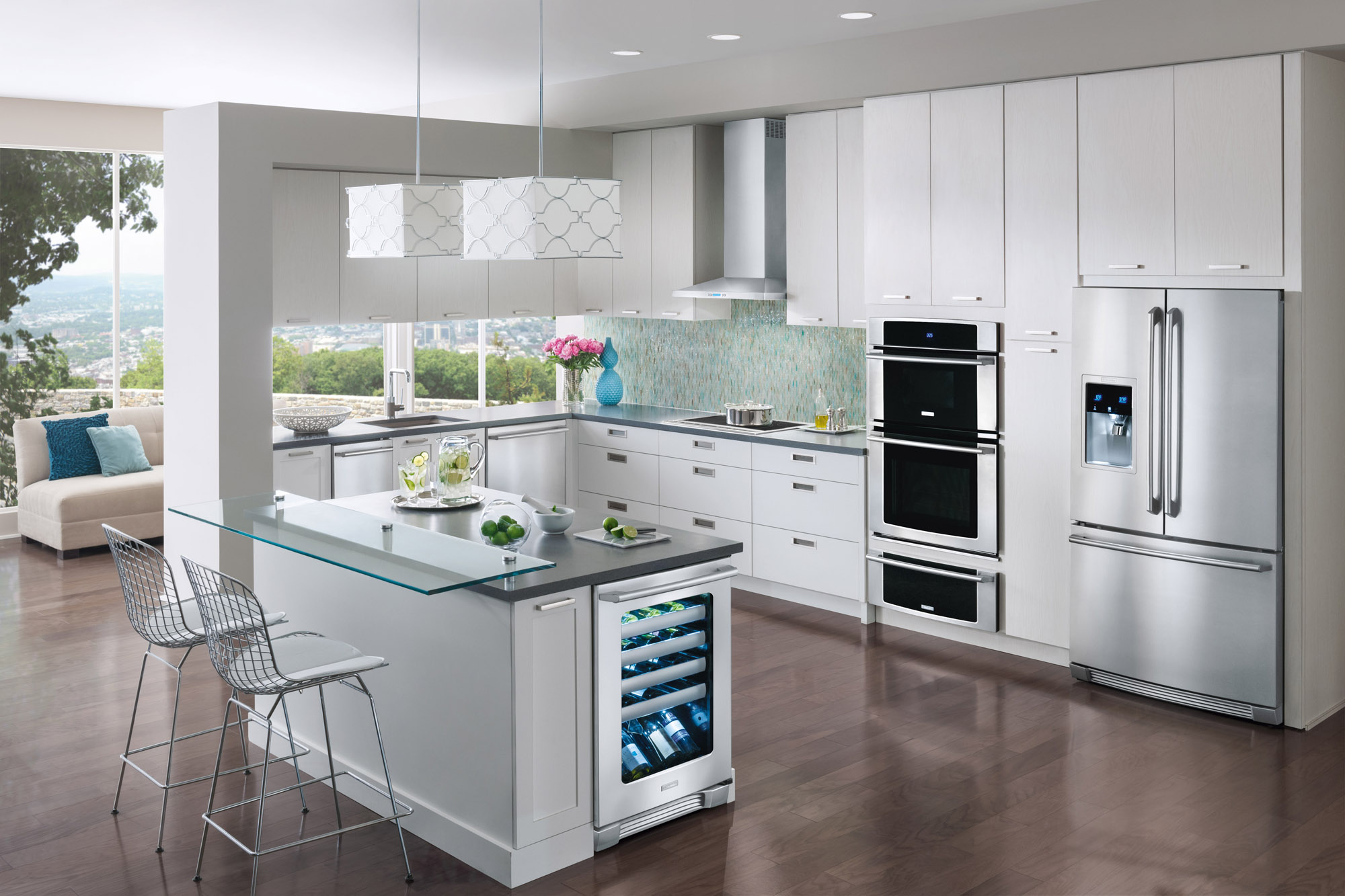
Efficient Use of Space
 When it comes to designing a kitchen, one of the most important aspects to consider is the placement of appliances. Not only does it affect the overall aesthetic of the space, but it also plays a crucial role in the functionality of your kitchen. With the rise of open-concept living, the kitchen has become a central hub of the home, making it essential to have an efficient and well-planned layout. By strategically placing appliances, you can maximize your kitchen space and create a functional and visually appealing design.
When it comes to designing a kitchen, one of the most important aspects to consider is the placement of appliances. Not only does it affect the overall aesthetic of the space, but it also plays a crucial role in the functionality of your kitchen. With the rise of open-concept living, the kitchen has become a central hub of the home, making it essential to have an efficient and well-planned layout. By strategically placing appliances, you can maximize your kitchen space and create a functional and visually appealing design.
Optimizing Workflow
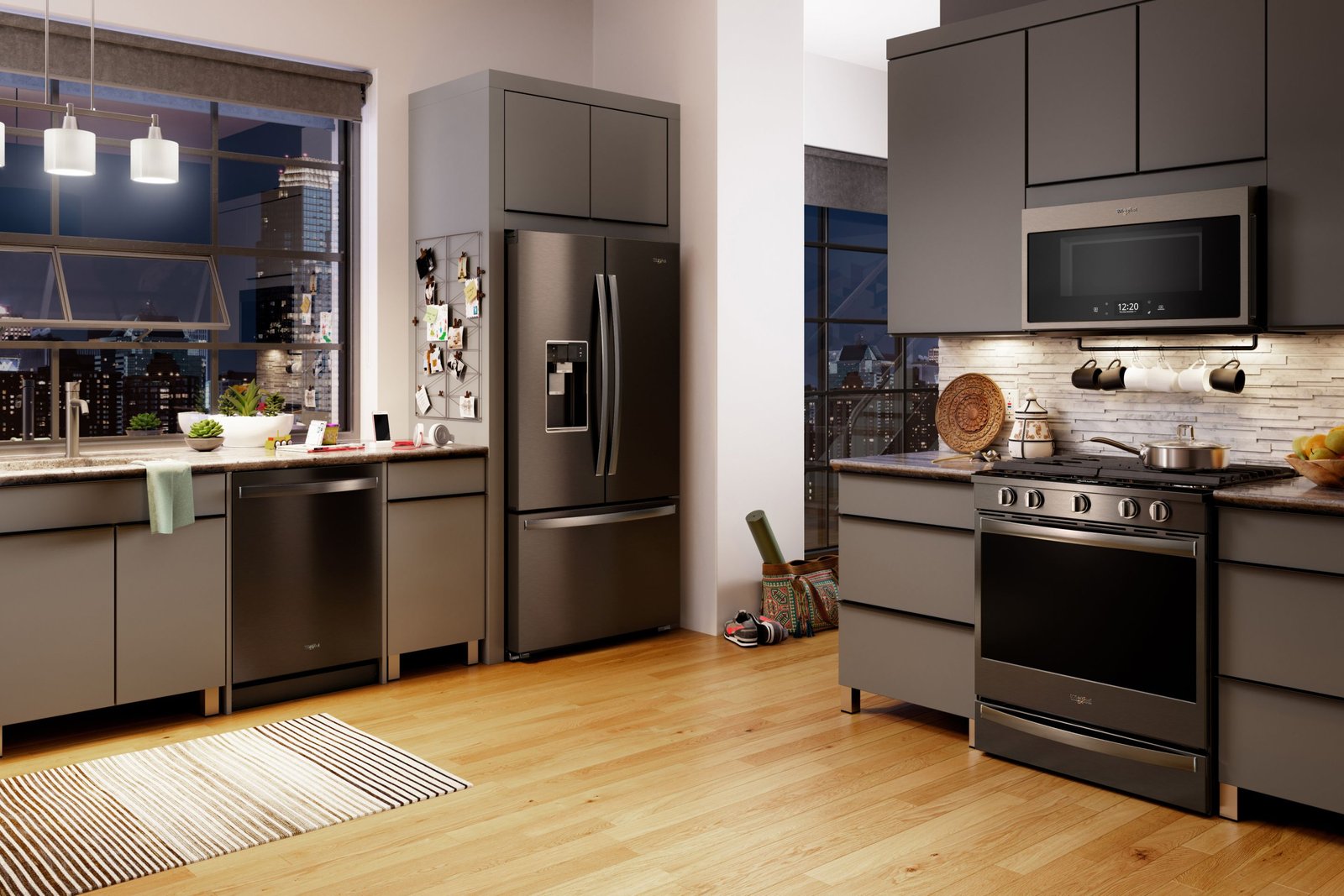 The placement of kitchen appliances should be carefully planned to optimize the workflow in the space. The three main work areas in a kitchen are the cooking area, preparation area, and cleaning area.
Refrigerators
,
ovens
, and
cooktops
should be placed in close proximity to each other to create a smooth flow between the cooking area. The preparation area, which includes the sink and counter space, should be located near the cooking area for easy access to ingredients. Lastly, the cleaning area, where the dishwasher and trash can are typically located, should be close to the preparation area to minimize walking distance and make clean-up effortless.
The placement of kitchen appliances should be carefully planned to optimize the workflow in the space. The three main work areas in a kitchen are the cooking area, preparation area, and cleaning area.
Refrigerators
,
ovens
, and
cooktops
should be placed in close proximity to each other to create a smooth flow between the cooking area. The preparation area, which includes the sink and counter space, should be located near the cooking area for easy access to ingredients. Lastly, the cleaning area, where the dishwasher and trash can are typically located, should be close to the preparation area to minimize walking distance and make clean-up effortless.
Creating Balance and Symmetry
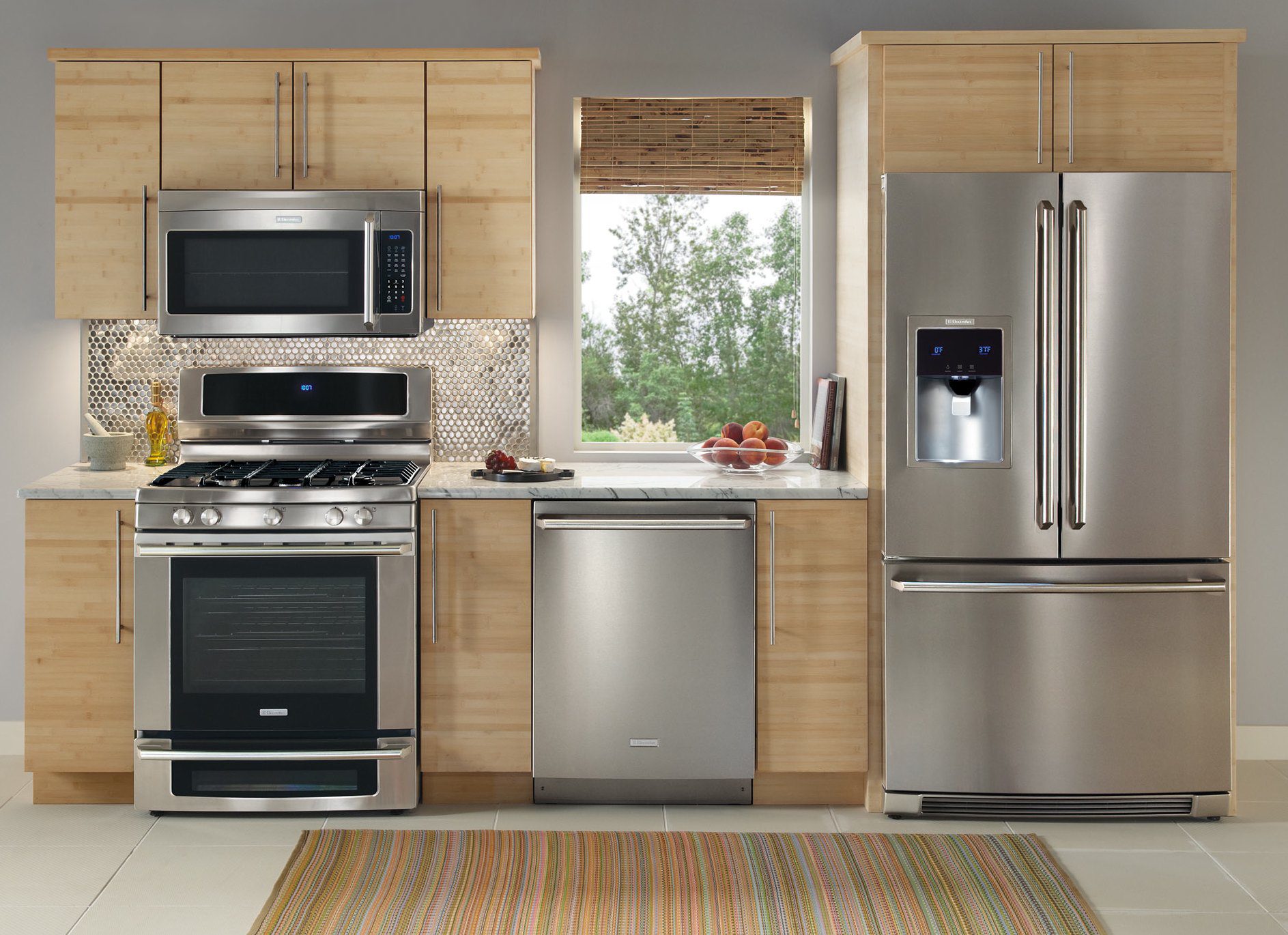 In addition to optimizing workflow, placement of appliances can also create balance and symmetry in the kitchen design.
Range hoods
and
microwaves
can be placed above the cooktop or oven to create a visually appealing focal point.
Dishwashers
and
wine coolers
can be placed on either side of the sink to create balance and symmetry. By carefully considering the placement of these appliances, you can create a cohesive and harmonious design that is both functional and aesthetically pleasing.
In addition to optimizing workflow, placement of appliances can also create balance and symmetry in the kitchen design.
Range hoods
and
microwaves
can be placed above the cooktop or oven to create a visually appealing focal point.
Dishwashers
and
wine coolers
can be placed on either side of the sink to create balance and symmetry. By carefully considering the placement of these appliances, you can create a cohesive and harmonious design that is both functional and aesthetically pleasing.
Utilizing Space-Saving Solutions
 For smaller kitchens, utilizing space-saving solutions is essential. By incorporating
under-counter refrigerators
or
drawer-style dishwashers
, you can save valuable floor space and create a more open and spacious feel.
Pull-out pantries
or
lazy susans
can also be used to maximize storage space and keep the kitchen organized. With the right appliance placement, even the smallest of kitchens can feel functional and efficient.
In conclusion, when it comes to kitchen design, appliance placement is a crucial element to consider. By carefully planning and optimizing the placement of appliances, you can create a functional and visually appealing space that meets your needs. Remember to consider workflow, balance, and space-saving solutions when designing your kitchen layout to create a space that is both efficient and beautiful.
For smaller kitchens, utilizing space-saving solutions is essential. By incorporating
under-counter refrigerators
or
drawer-style dishwashers
, you can save valuable floor space and create a more open and spacious feel.
Pull-out pantries
or
lazy susans
can also be used to maximize storage space and keep the kitchen organized. With the right appliance placement, even the smallest of kitchens can feel functional and efficient.
In conclusion, when it comes to kitchen design, appliance placement is a crucial element to consider. By carefully planning and optimizing the placement of appliances, you can create a functional and visually appealing space that meets your needs. Remember to consider workflow, balance, and space-saving solutions when designing your kitchen layout to create a space that is both efficient and beautiful.
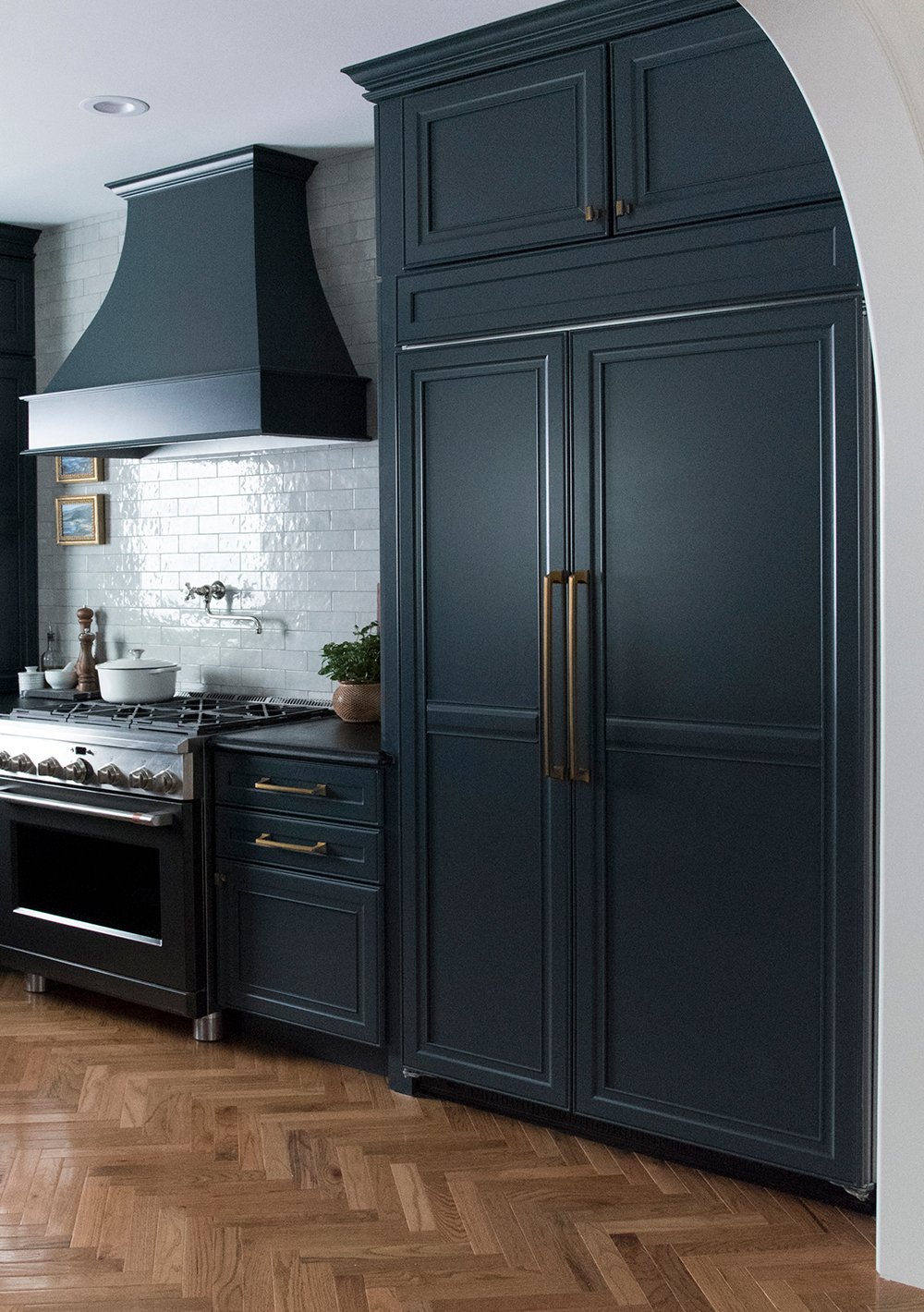
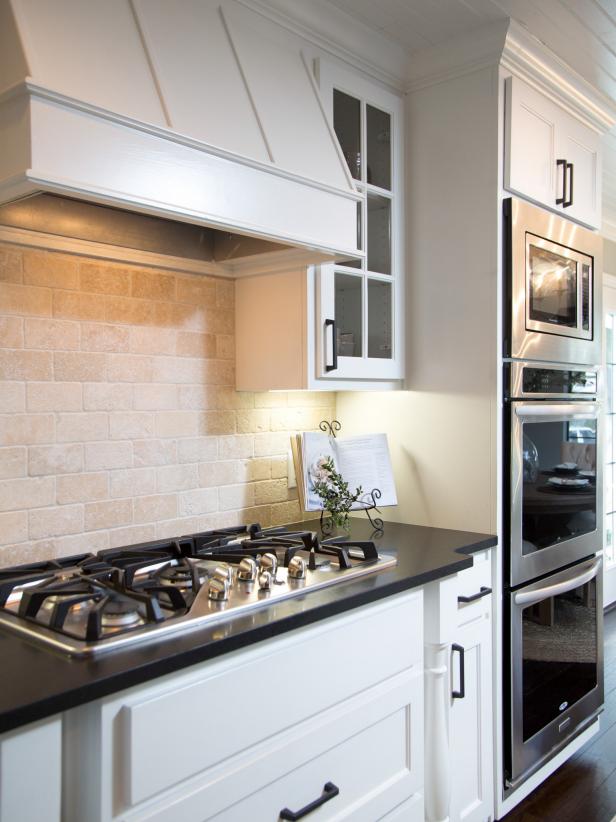
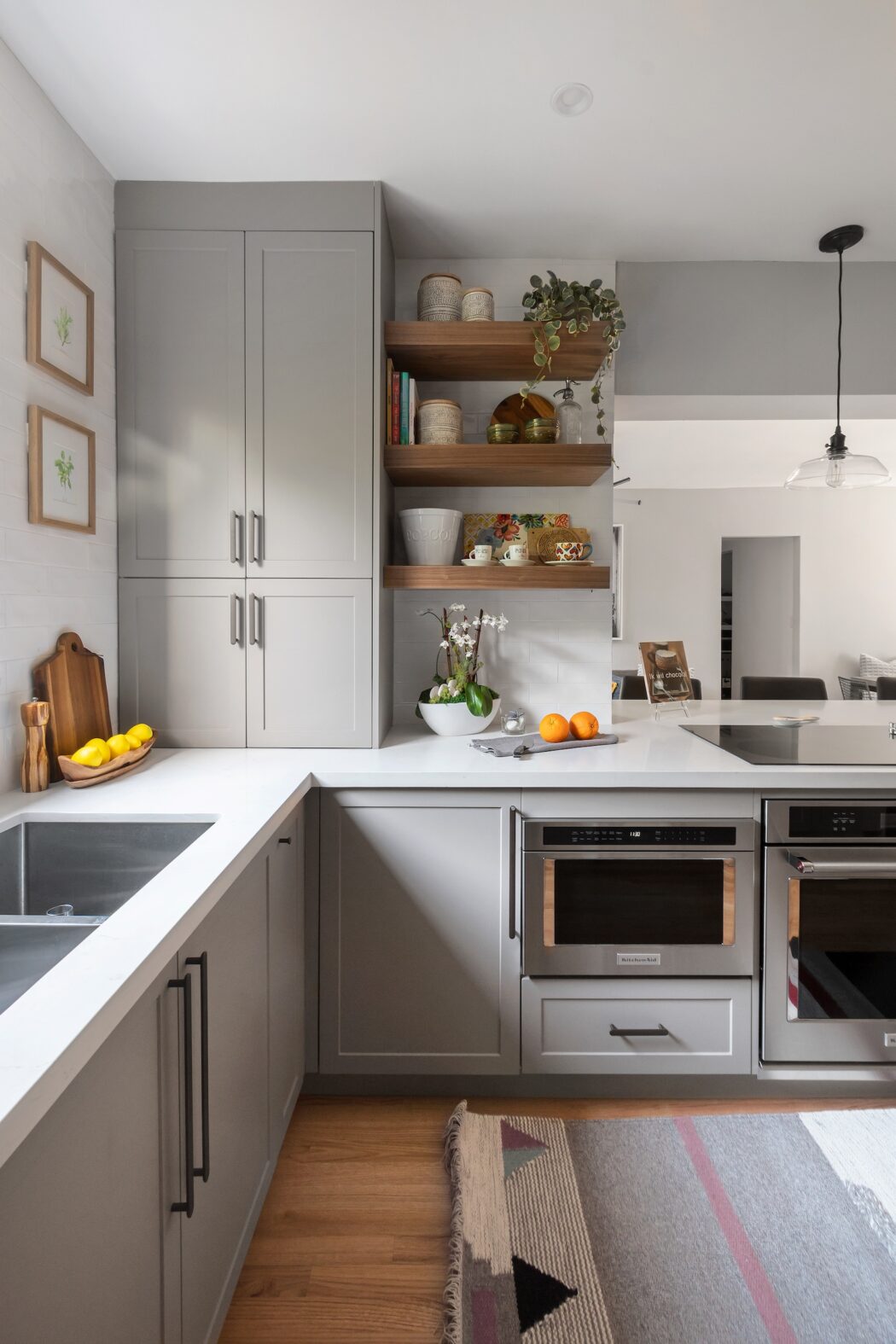

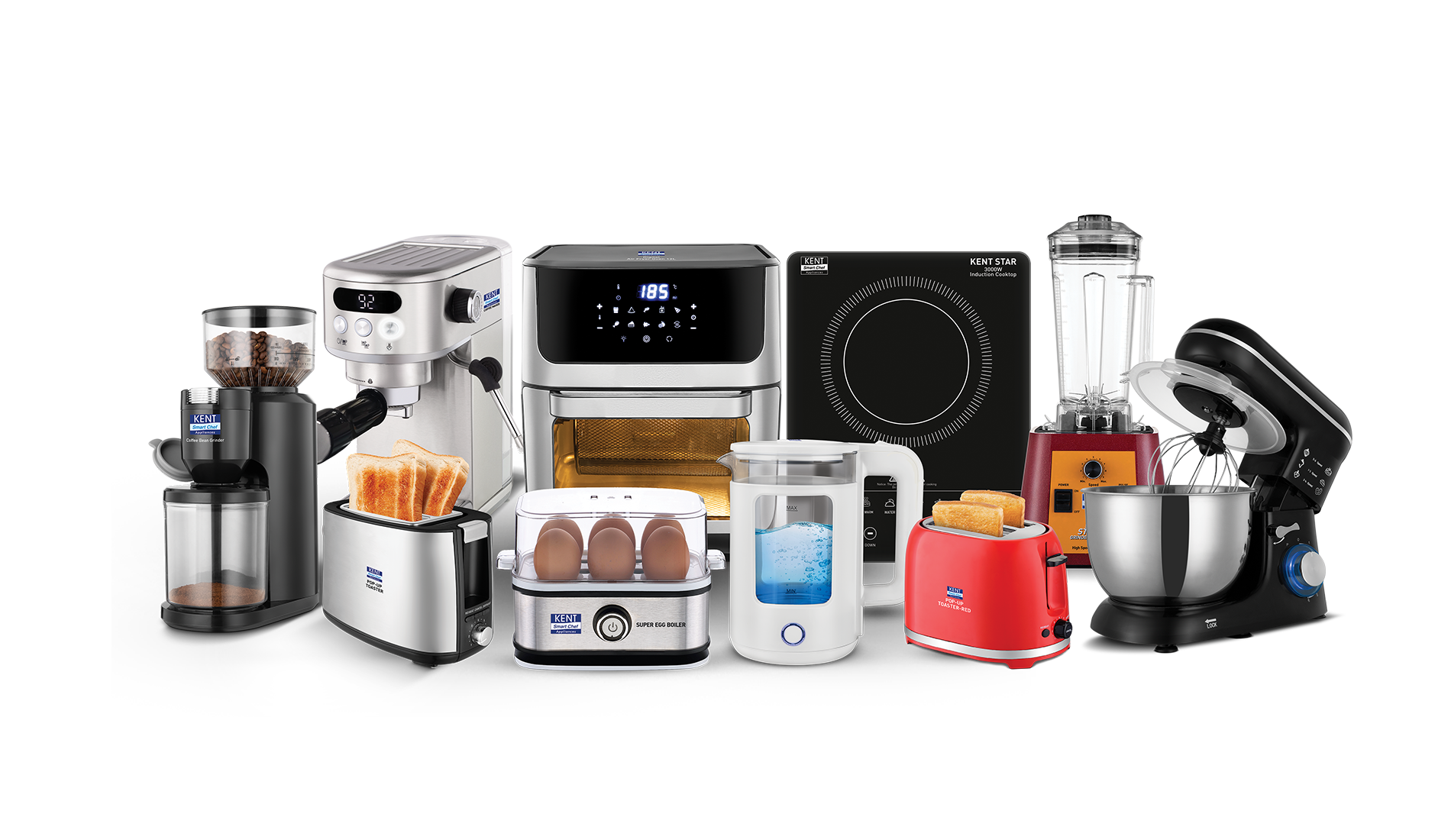
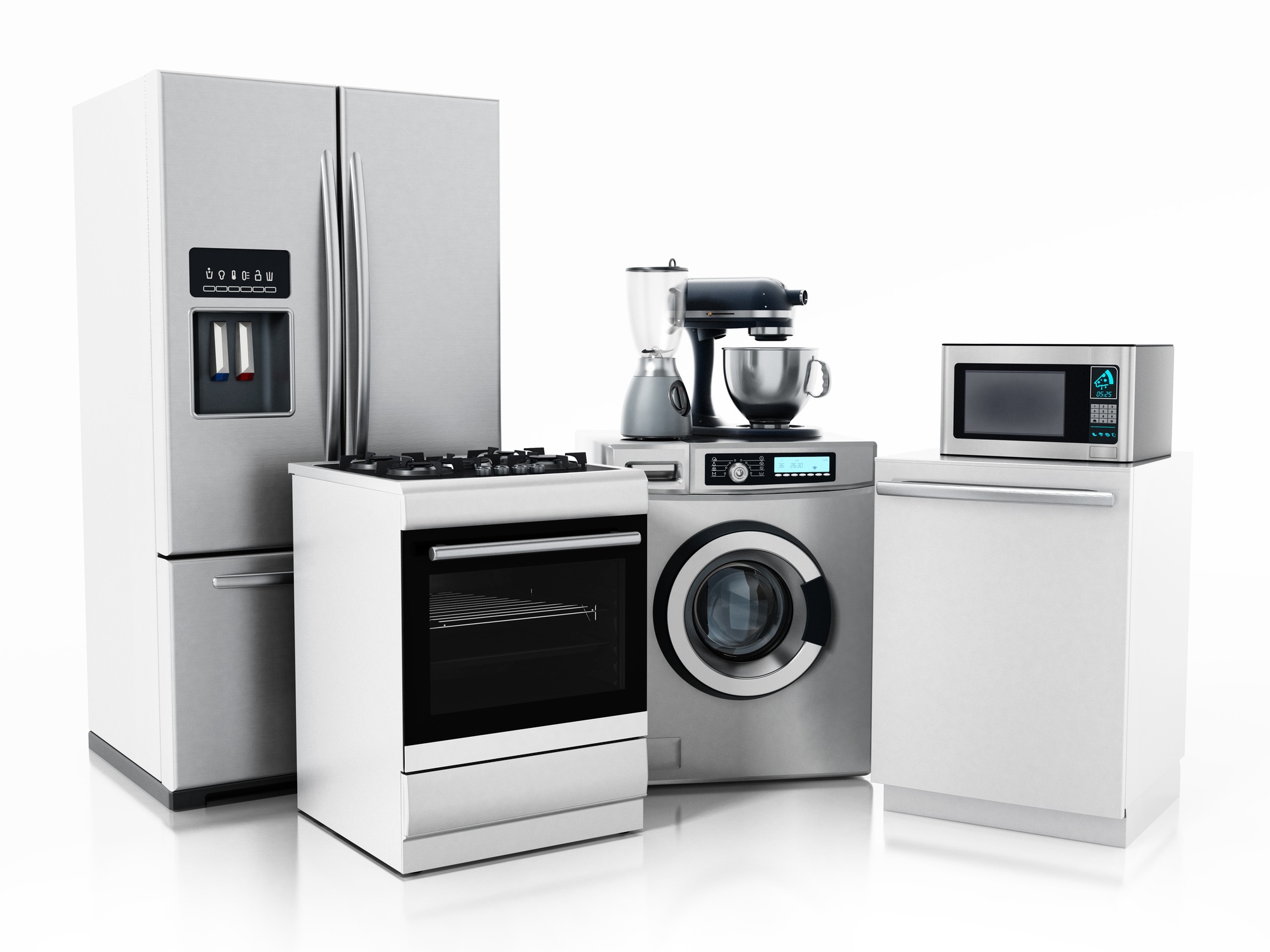








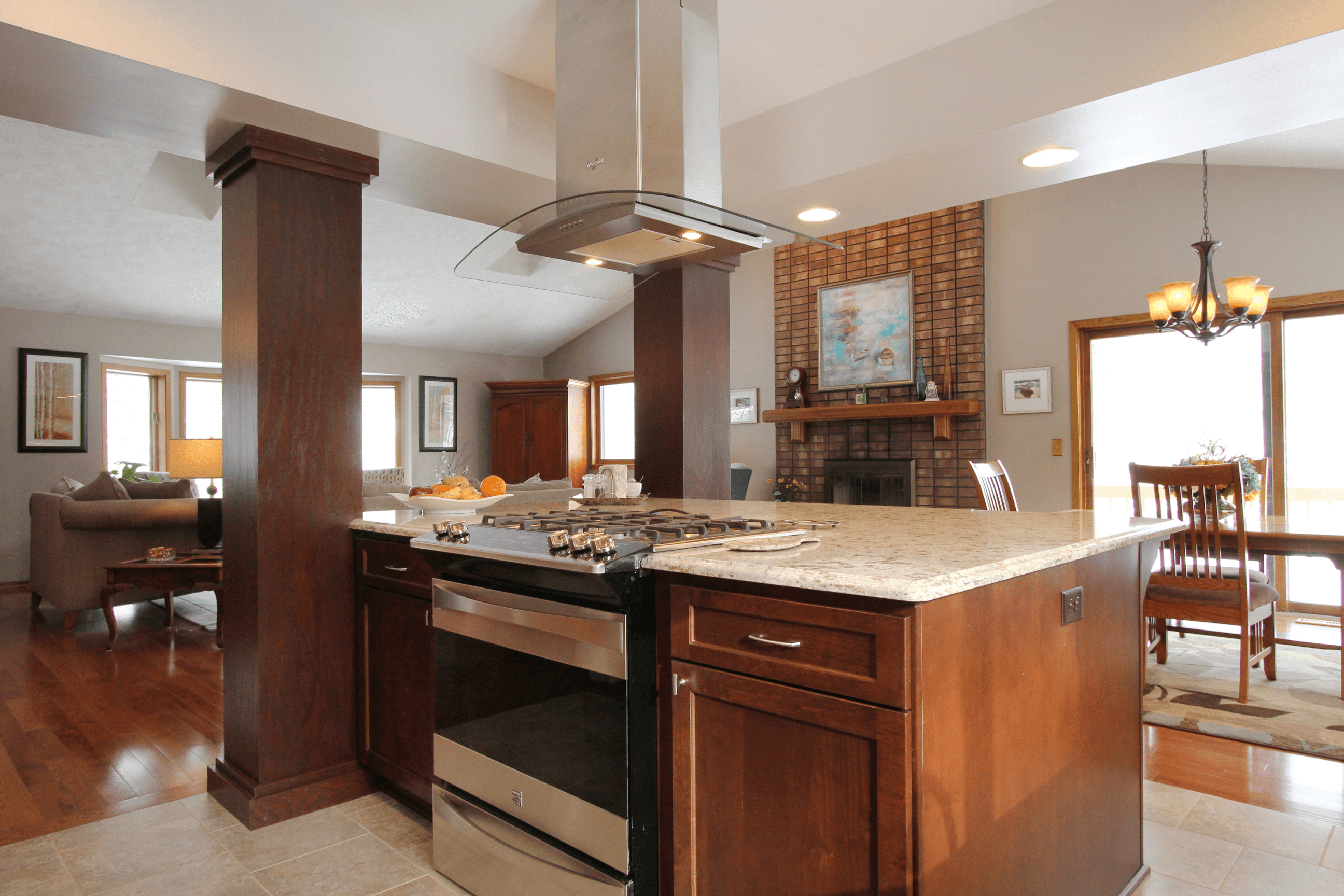

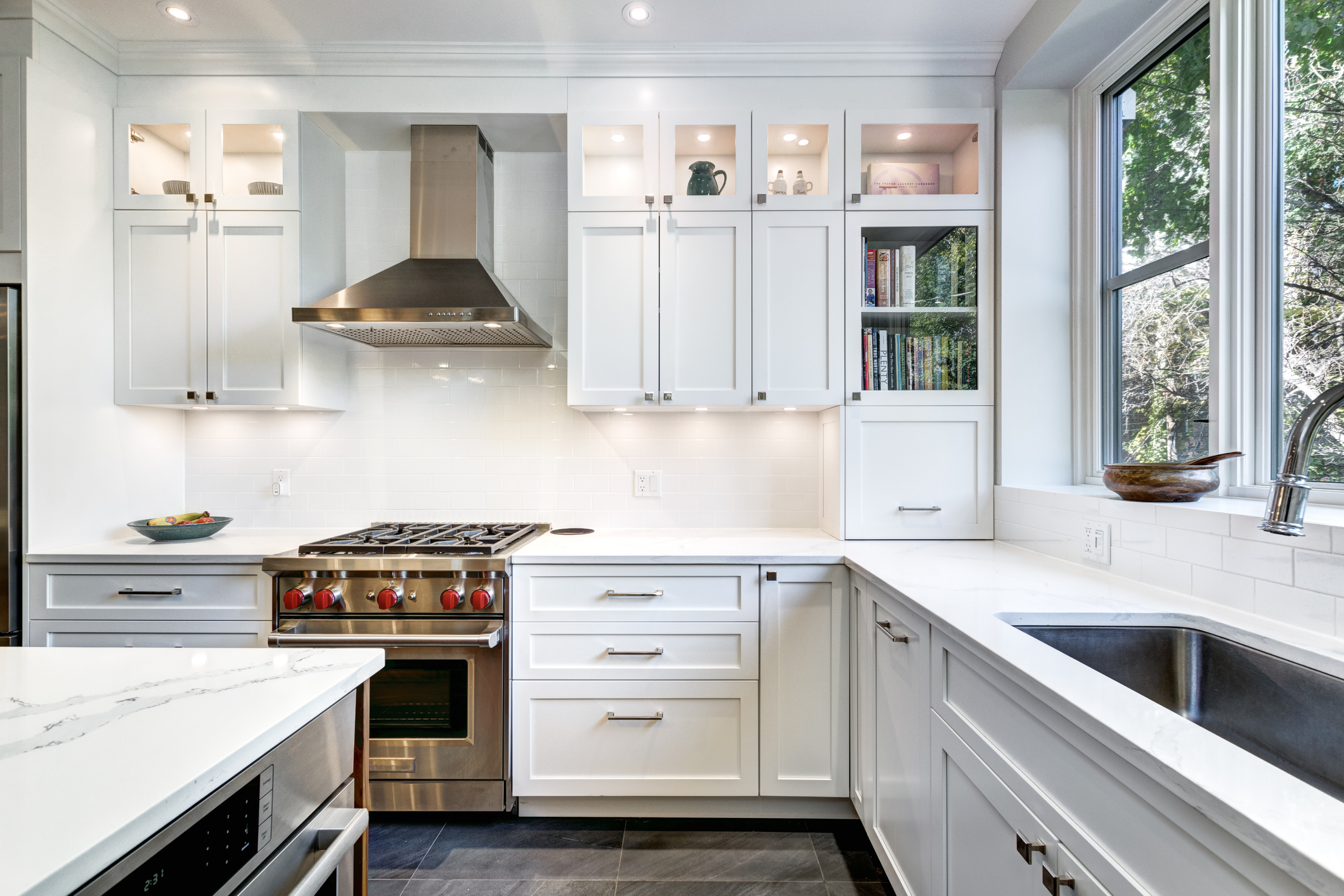
/One-Wall-Kitchen-Layout-126159482-58a47cae3df78c4758772bbc.jpg)




